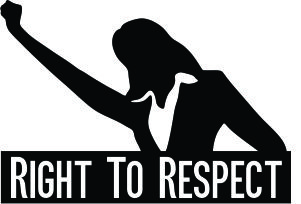What are women’s rights in the workplace? Female employees and applicants have many rights and protections in the workplace that they should be aware of.
The Equal Pay Act of 1963
This states that men and women must be given equal pay for equal work in the same job establishment. According to the EEOC, as long as the jobs are “substantially equal” then women and men must be given equal pay. What does “substantially equal” mean? It means that they require the “substantially equal skill, effort and responsibility, and that they are performed under similar working conditions within the same establishment” (EEOC). When can men and women be paid differently for similar jobs? They can be paid differently if the employer bases it on “seniority, merit, quantity or quality of production…” (EEOC).
Title VII of the Civil Rights Act of 1964
This prohibits employers from discriminating against employees and applicants on the basis of sex, color, race, religion, and national origin. Sexual harassment is considered a form of sex discrimination under Title VII. If employees face “pervasive and severe” discrimination that creates a hostile work environment, they may have a legal case.
Title VII of the Civil Rights Act of 1964, the Age Discrimination in Employment Act of 1967 (ADEA), and the Title I of the Americans with Disabilities Act of 1990 (ADA)
These “prohibit compensation discrimination on the basis of race, color, religion, sex, national origin, age or disability” (EEOC). These laws also prohibit employers from retaliating against employees for complaining of discrimination based on one of those categories, filing discrimination charges, or participating in a discrimination case in any way.
These are a few of the laws that reveal women’s rights in the workplace. For questions about your particular experiences, consult a knowledgeable and experienced attorney.















Comments